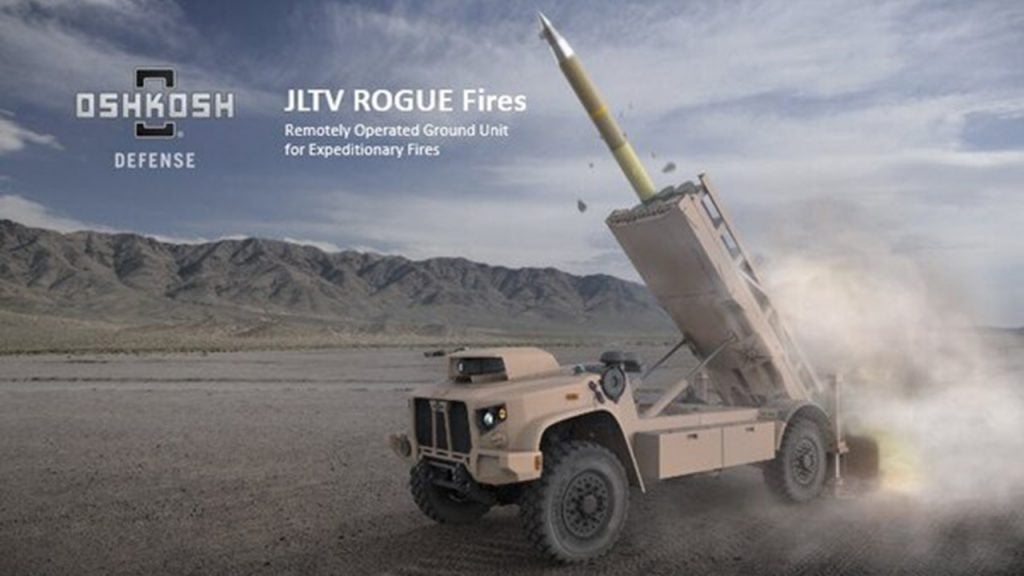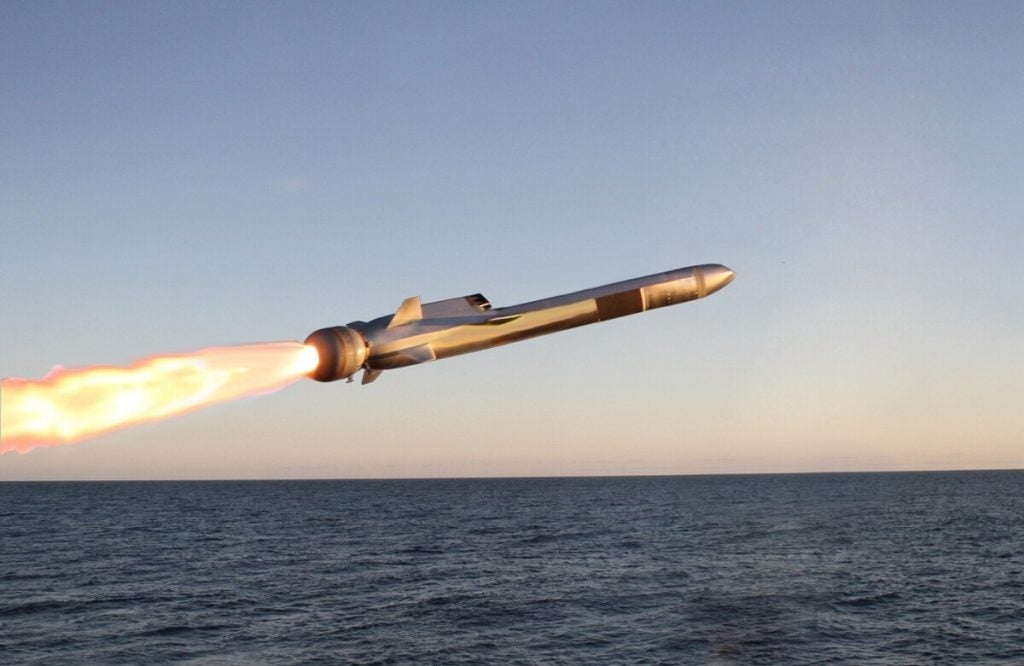US Marine Corps Historic Restructure for 2030 China Pivot
The United States Marine Corps (USMC) is about to undertake the biggest organisational and doctrinal change in its history. With peer threats the ever more likely future conflict scenario, the Corps is optimizing their structure to meet the needs of the US National Defense Strategy which is focused on Great Power Competition rather than the past two decades of counter-insurgency wars. The changes are intended to be in place by 2030.
Heavy armour will be cut as will infantry battalions. In fact by 2030, the Corps aims for “…complete divestments of Law Enforcement Battalions, Tank Battalions and associated Military Occupational Specialities (MOS), and all Bridging Companies. Additionally, the Corps will reduce the number of infantry battalions from 24 to 21; artillery cannon batteries from 21 to 5; amphibious vehicle companies from 6 to 4; and reduce tilt rotor, attack, and heavy lift squadrons.” USMC F-35B and F-35C squadrons will be chopped from 16 aircraft to ten.
This new concept of operations will see the Corps operating more closely with the Navy than ever before. Marine elements will be seamlessly incorporated in the larger naval expeditionary warfare battle plan with ground missile units used to engage enemy fleets that are ‘herded’ into kill boxes by the Navy. Marine units will be able to deploy, and re-deploy, quickly to islands or littoral areas to strike enemy ships.
The aim is to have three Marine Littoral Regiments (MLRs) stood-up by 2030 equipped and trained for the sea-control and sea-denial fight, closing sea lanes to the Chinese fleet. The MLRs will likely operate in small task elements around islands in the Pacific, focusing on the South China Sea, establishing Expeditionary Advance Base Operationsto deny freedom of maneuver to the PLA Navy. The MLRs will be supported by three Marine Expeditionary Units (MEUs) able to deploy globally.

Key amongst the MLRs’ capabilities will be both unmanned aerial systems (primarily to support long-range fires) and ground-based anti-ship missiles. A recent (21st February, 2020) request for proposal issued by the Marines is looking for both medium-range/medium-endurance (MR/ME) and long-range/long-endurance (LR/LE) unmanned platforms.
Testimony to the Senate Armed Services Committee noted the integral requirement for anti-ship capability: “A ground-based anti-ship missile capability will provide anti-ship fires from land as part of an integrated naval anti-surface warfare campaign. This forward-deployed and survivable capability will enhance the lethality of our naval forces and will help to deny our adversaries the use of key maritime terrain.”
The Marines will employ the Navy Marine Expeditionary Ship Interdiction System (NMESIS) with a ground-launched variant of the Tomahawk cruise missile known as the Ground-Based Anti-Ship Missile (GBASM). The GBASM will be launched from an unmanned Oshkosh JLTV based Remotely Operated Ground Unit for Expeditionary Fires (ROGUE-Fires). Existing High Mobility Artillery Rocket System (HIMARS) platforms will also prove crucial with the Corps actively trailing a concept known as HIMARS Rapid Infiltration, or HI-RAIN which would see HIMARS air transported into a contested area and conducting a fires mission before being rapidly exfiltrated again by air.

